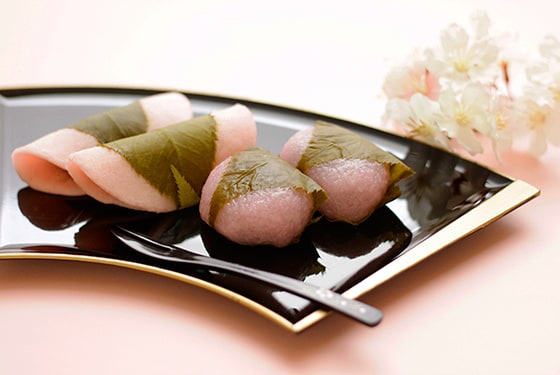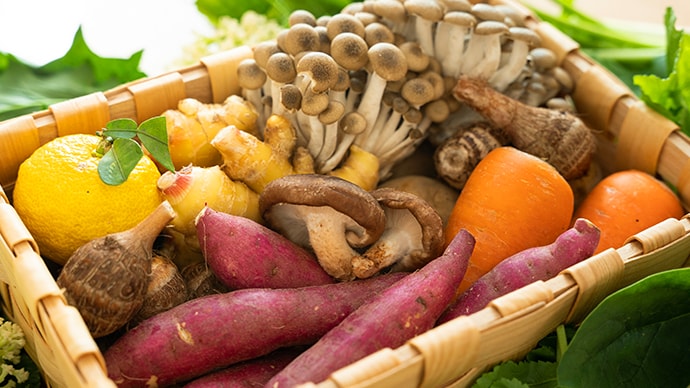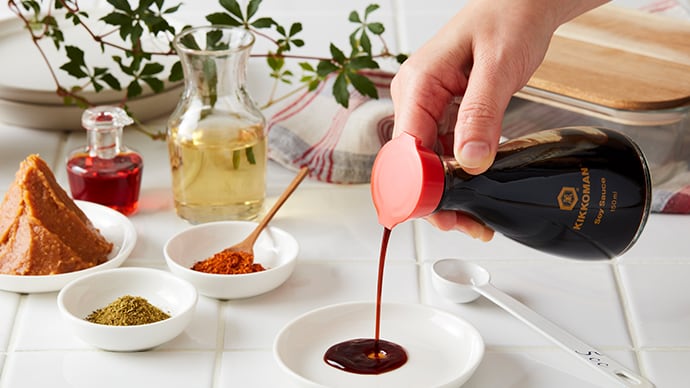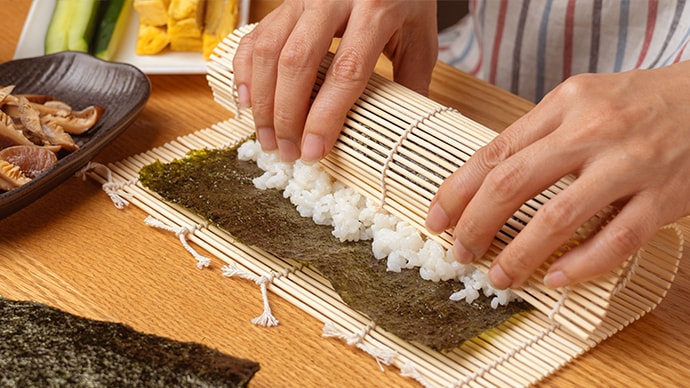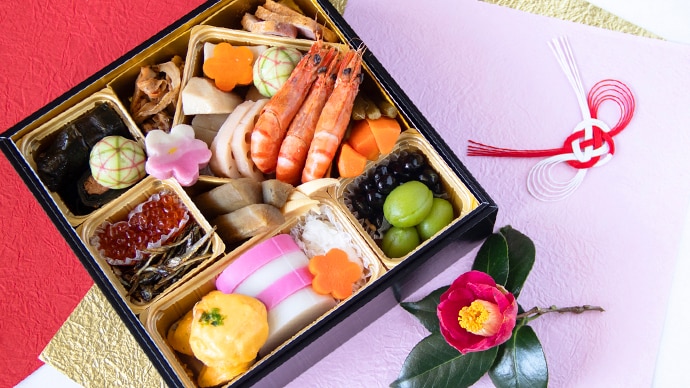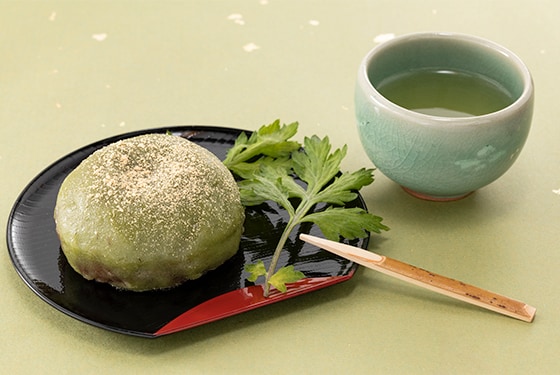
A delightfully green, aromatic Japanese confection made by kneading early spring mugwort leaves into mochi and wrap anko (sweetened red bean paste) inside
What is kusamochi?
Kusamochi (草餅 in Japanese) is a confectionery made by kneading mugwort leaves (yomogi) into mochi, which is made by mixing rice flour or glutinous rice with water, sugar. Common way of eating kusamochi is by wrapping anko (sweetened red bean paste) inside or sprinkling roasted soybean powder on top. Kusamochi is said to be one of Japan’s oldest confectioneries. Originally, a variety of cottonweed was kneaded into mochi. Nowadays, mugwort is used instead.
History
On March 3rd of the lunar calendar, ancient China celebrated the season with Doll Festival, or “Hinamatsuri” (celebration of girls) in Japan. There is a custom of eating mochi mixed with aromatic herbs as it is believed to ward off evil spirits. This tradition came to Japan in the 9th century, and eating kusamochi spread to the masses during the Edo period (1603-1868) as more people began to celebrate Hinamatsuri.
Occasions related to kusamochi
It is tradition to make an offering of kusamochi sprinkled with roasted soybean powder to a Hina doll on March 3rd to celebrate Hinamatsuri. One of the three colors of ”hishimochi” (traditional rhombus-shaped confectionery made of red, white, and green rice cakes, which is displayed on Hinamatsuri) is green due to the color of kusamochi.


